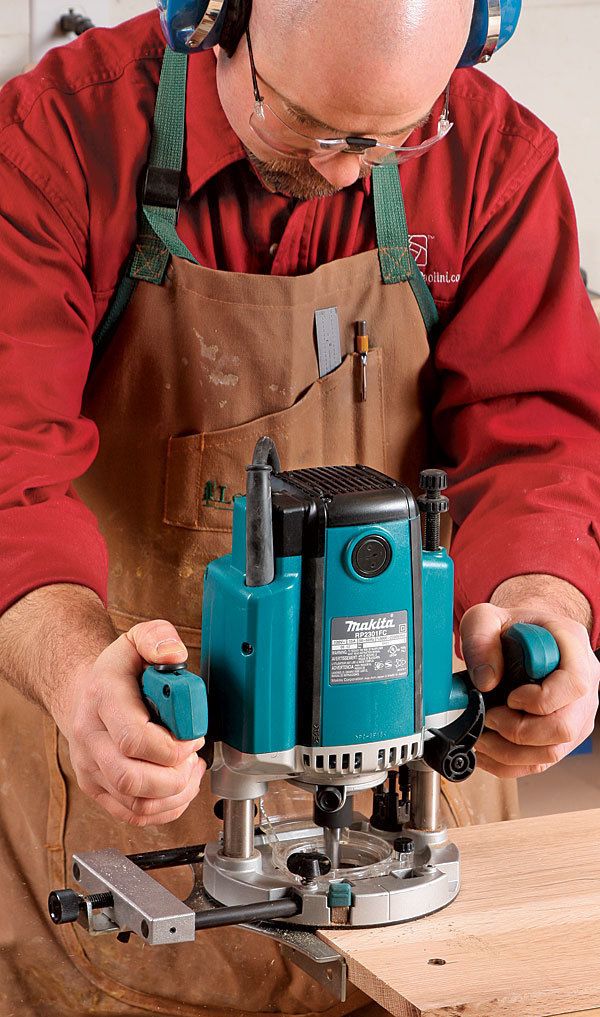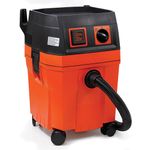How to Master the Plunge Router
Unleash the full potential of this versatile tool
Synopsis: When it comes to getting the most from your plunge router, it makes sense to go a routing guru like Gregory Paolini. He has more routers than most woodworkers, and he’s mastered the techniques. For this article, you need to be familiar with the basics of router operation. You’ll learn what features to look for in a plunge router, such as adequate power, and what type of plunge mechanism, baseplate, and bits to buy. You’ll also get tips on how to set the depth, use an edge guide, and cut dadoes, angled cuts, curves, and multiples. Go beyond the basics and really put your router to work.
Because they are versatile, easy to use, and affordable, routers are extremely popular tools. And while a router with a fixed base is great, one with a plunge base is even better. Plunge routers can do everything the fixed-base type does, plus they can plunge into and out of cuts, so you can also tackle mortises and stopped dadoes. They’re better for template routing, too.
To take full advantage of the plunge router’s versatility, you need to master a few basic concepts. I’ve used them for my entire career and I’ll explain what you need to know. However, before diving into this article, you’ll need to be familiar with some fundamental routing techniques that apply to fixed-based and plunge routers alike, such as routing standard edge profiles, grooves, and dadoes (for a refresher, read Gary Rogowski’s “Handheld Routing” in FWW #194). This article will focus on plunge cuts, helping you master more advanced furniture-making tasks like routing mortises in table legs and stopped dadoes in cabinet sides for shelves and drawer dividers.
Get the most from the plunge system
A plunge router’s motor assembly is connected to a base by two spring-loaded, telescop- depth. ing legs. You push the motor assembly (and the bit) down and the springs raise it back up. There is also a lock, so you can fix the depth of cut when routing. A depth rod allows you to preset the final cut depth and a rotating turret with stops allows you to quickly work through a series of successively deeper cuts without hitting the off switch. You simply plunge the router, lock it, and rout. Then unlock it, raise the router, rotate the turret to the next lower stop, plunge, lock, and rout.
That might not seem like a big deal, but it means you don’t have to rout the full depth in one pass (which isn’t even possible for something like a 11⁄4-in.-deep mortise) or turn off the router and make a height adjustment between each pass, like you would with a fixed-base router. Also, because the depth rod and turret can be locked into their settings, the plunge router is easy to set up for repetitive identical cuts, like a set of mortises in a table’s legs.
From Fine Woodworking #229
For the full article, download the PDF below:
Fine Woodworking Recommended Products

Fein Turbo II HEPA Wet/Dry Dust Extractor

Craftsman Random Orbit Sander

Stanley Powerlock 16-ft. tape measure























Log in or create an account to post a comment.
Sign up Log in